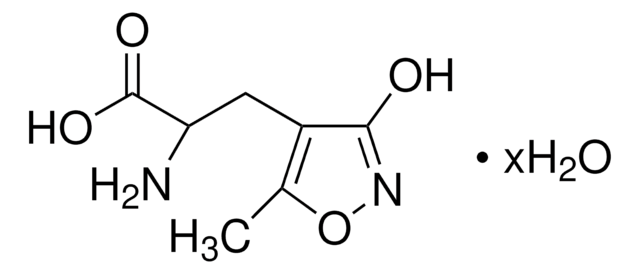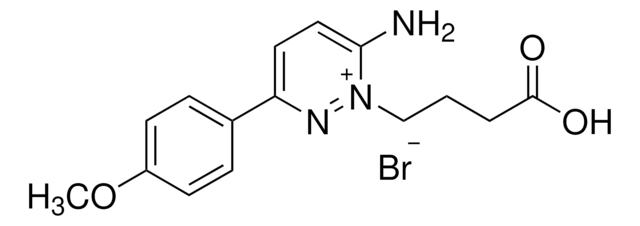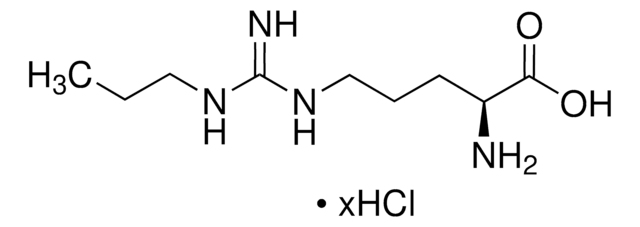M3262
N-Methyl-D-aspartic acid
≥98% (TLC), suitable for cell culture
Synonym(s):
(R)-2-(Methylamino)succinic acid, NMDA
About This Item
Recommended Products
product name
N-Methyl-D-aspartic acid, ≥98% (TLC), solid
assay
≥98% (TLC)
form
solid
technique(s)
cell culture | mammalian: suitable
color
white
mp
189-190 °C
application(s)
cell analysis
SMILES string
CN[C@H](CC(O)=O)C(O)=O
InChI
1S/C5H9NO4/c1-6-3(5(9)10)2-4(7)8/h3,6H,2H2,1H3,(H,7,8)(H,9,10)/t3-/m1/s1
InChI key
HOKKHZGPKSLGJE-GSVOUGTGSA-N
Gene Information
human ... GRIN1(2902) , GRIN2A(2903) , GRIN2B(2904) , GRIN2C(2905) , GRIN2D(2906) , GRINA(2907)
rat ... Gria1(50592) , Grik1(29559) , Grin2a(24409)
Looking for similar products? Visit Product Comparison Guide
Related Categories
General description
Application
Biochem/physiol Actions
Storage Class
11 - Combustible Solids
wgk_germany
WGK 3
flash_point_f
Not applicable
flash_point_c
Not applicable
ppe
Eyeshields, Gloves, type N95 (US)
Certificates of Analysis (COA)
Search for Certificates of Analysis (COA) by entering the products Lot/Batch Number. Lot and Batch Numbers can be found on a product’s label following the words ‘Lot’ or ‘Batch’.
Already Own This Product?
Find documentation for the products that you have recently purchased in the Document Library.
Customers Also Viewed
and tau proteolysis in rat cerebrocortical
neuronal cultures after ecstasy or
methamphetamine exposure.
Our team of scientists has experience in all areas of research including Life Science, Material Science, Chemical Synthesis, Chromatography, Analytical and many others.
Contact Technical Service









